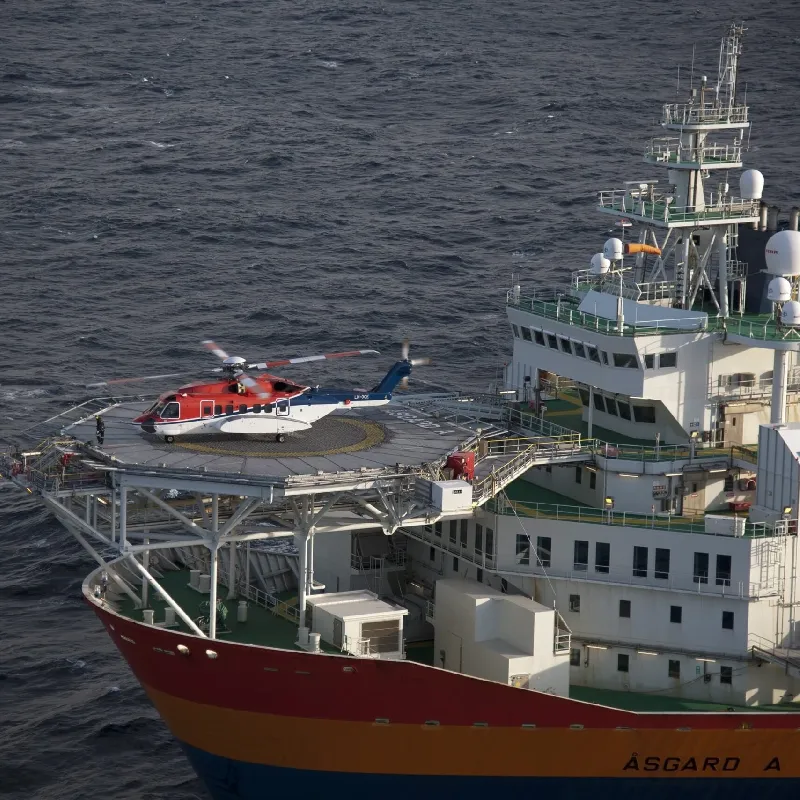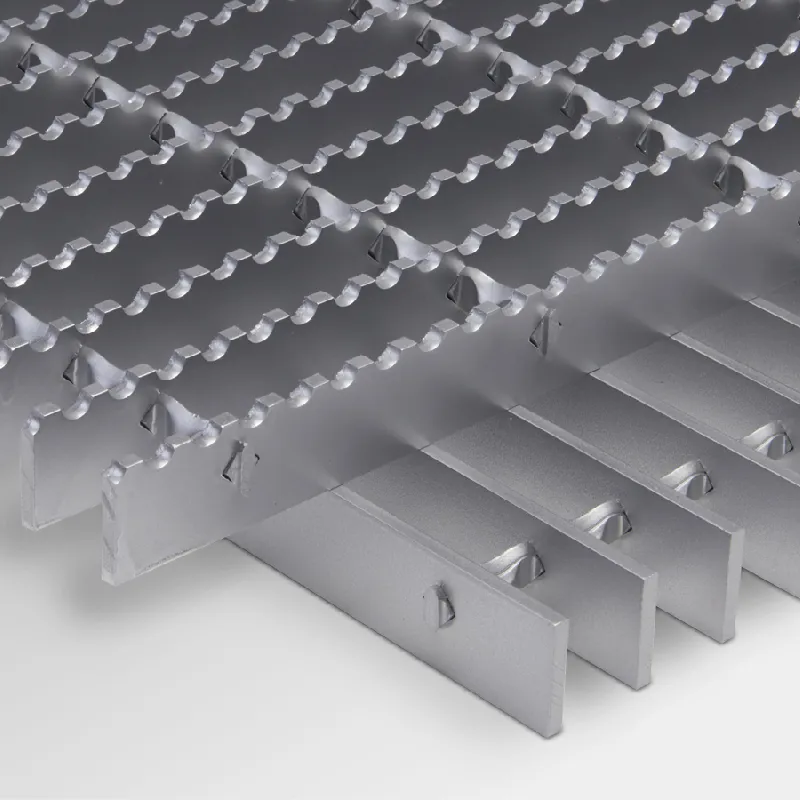- Industrial zone, South of Anping Town, Hengshui, Hebei, China.
- sales@hfpetromesh.com
- +86-18931809706
 Afrikaans
Afrikaans  Albanian
Albanian  Amharic
Amharic  Arabic
Arabic  Armenian
Armenian  Azerbaijani
Azerbaijani  Basque
Basque  Belarusian
Belarusian  Bengali
Bengali  Bosnian
Bosnian  Bulgarian
Bulgarian  Catalan
Catalan  Cebuano
Cebuano  Corsican
Corsican  Croatian
Croatian  Czech
Czech  Danish
Danish  Dutch
Dutch  English
English  Esperanto
Esperanto  Estonian
Estonian  Finnish
Finnish  French
French  Frisian
Frisian  Galician
Galician  Georgian
Georgian  German
German  Greek
Greek  Gujarati
Gujarati  Haitian Creole
Haitian Creole  hausa
hausa  hawaiian
hawaiian  Hebrew
Hebrew  Hindi
Hindi  Miao
Miao  Hungarian
Hungarian  Icelandic
Icelandic  igbo
igbo  Indonesian
Indonesian  irish
irish  Italian
Italian  Japanese
Japanese  Javanese
Javanese  Kannada
Kannada  kazakh
kazakh  Khmer
Khmer  Rwandese
Rwandese  Korean
Korean  Kurdish
Kurdish  Kyrgyz
Kyrgyz  Lao
Lao  Latin
Latin  Latvian
Latvian  Lithuanian
Lithuanian  Luxembourgish
Luxembourgish  Macedonian
Macedonian  Malgashi
Malgashi  Malay
Malay  Malayalam
Malayalam  Maltese
Maltese  Maori
Maori  Marathi
Marathi  Mongolian
Mongolian  Myanmar
Myanmar  Nepali
Nepali  Norwegian
Norwegian  Norwegian
Norwegian  Occitan
Occitan  Pashto
Pashto  Persian
Persian  Polish
Polish  Portuguese
Portuguese  Punjabi
Punjabi  Romanian
Romanian  Russian
Russian  Samoan
Samoan  Scottish Gaelic
Scottish Gaelic  Serbian
Serbian  Sesotho
Sesotho  Shona
Shona  Sindhi
Sindhi  Sinhala
Sinhala  Slovak
Slovak  Slovenian
Slovenian  Somali
Somali  Spanish
Spanish  Sundanese
Sundanese  Swahili
Swahili  Swedish
Swedish  Tagalog
Tagalog  Tajik
Tajik  Tamil
Tamil  Tatar
Tatar  Telugu
Telugu  Thai
Thai  Turkish
Turkish  Turkmen
Turkmen  Ukrainian
Ukrainian  Urdu
Urdu  Uighur
Uighur  Uzbek
Uzbek  Vietnamese
Vietnamese  Welsh
Welsh  Bantu
Bantu  Yiddish
Yiddish  Yoruba
Yoruba  Zulu
Zulu
- Afrikaans
- Albanian
- Amharic
- Arabic
- Armenian
- Azerbaijani
- Basque
- Belarusian
- Bengali
- Bosnian
- Bulgarian
- Catalan
- Cebuano
- Corsican
- Croatian
- Czech
- Danish
- Dutch
- English
- Esperanto
- Estonian
- Finnish
- French
- Frisian
- Galician
- Georgian
- German
- Greek
- Gujarati
- Haitian Creole
- hausa
- hawaiian
- Hebrew
- Hindi
- Miao
- Hungarian
- Icelandic
- igbo
- Indonesian
- irish
- Italian
- Japanese
- Javanese
- Kannada
- kazakh
- Khmer
- Rwandese
- Korean
- Kurdish
- Kyrgyz
- Lao
- Latin
- Latvian
- Lithuanian
- Luxembourgish
- Macedonian
- Malgashi
- Malay
- Malayalam
- Maltese
- Maori
- Marathi
- Mongolian
- Myanmar
- Nepali
- Norwegian
- Norwegian
- Occitan
- Pashto
- Persian
- Polish
- Portuguese
- Punjabi
- Romanian
- Russian
- Samoan
- Scottish Gaelic
- Serbian
- Sesotho
- Shona
- Sindhi
- Sinhala
- Slovak
- Slovenian
- Somali
- Spanish
- Sundanese
- Swahili
- Swedish
- Tagalog
- Tajik
- Tamil
- Tatar
- Telugu
- Thai
- Turkish
- Turkmen
- Ukrainian
- Urdu
- Uighur
- Uzbek
- Vietnamese
- Welsh
- Bantu
- Yiddish
- Yoruba
- Zulu
Durable Floor Metal Grating Slip-Resistant & Heavy-Duty Solutions
- Introduction to Floor Metal Grating Solutions
- Technical Advantages & Load-Bearing Data
- Material Comparison: Leading Manufacturers Analyzed
- Customization Options for Specialized Requirements
- Installation Best Practices & Safety Metrics
- Industry-Specific Application Case Studies
- Future Trends in Metal Floor Grating Systems

(floor metal grating)
Essential Strength for Modern Infrastructure
Industrial and commercial facilities increasingly specify floor metal grating
as their primary walkway solution, with global demand projected to grow at 4.8% CAGR through 2030 (Grand View Research). This surge stems from three critical factors:
- 40% weight reduction compared to solid flooring systems
- 86% faster liquid drainage in wet environments
- 5x higher corrosion resistance versus polymer alternatives
Engineering Superiority in Load Management
Advanced manufacturing techniques enable metal floor grating to achieve unprecedented performance benchmarks:
| Specification | Mild Steel | Aluminum | Stainless 316 |
|---|---|---|---|
| Max Load Capacity (PSF) | 850 | 620 | 1,100 |
| Temperature Tolerance (°F) | -20 to 900 | -100 to 400 | -300 to 1,500 |
Manufacturer Performance Breakdown
Third-party testing reveals significant variation among suppliers:
| Vendor | Deflection Limit | Coating Durability | Lead Time |
|---|---|---|---|
| Supplier A | L/240 | 25 years | 6 weeks |
| Supplier B | L/180 | 15 years | 3 weeks |
Tailored Solutions for Complex Layouts
Modern expanded metal floor grating systems accommodate:
- Non-standard angles (1° increments from 15° to 60°)
- Composite constructions with GFRP reinforcements
- Anti-microbial surface treatments for food facilities
Precision Installation Protocols
Field measurements confirm proper implementation reduces maintenance costs by 33%:
- 0.25" maximum gap between supports
- 70 ft-lb torque specification for fasteners
- ASTM F2413-18 slip resistance compliance
Verified Performance Across Sectors
Documented results from recent installations:
| Application | Grating Type | Service Life |
|---|---|---|
| Chemical Plant Walkways | Hot-Dip Galvanized | 18+ years |
| Airport Loading Bridges | Aluminum Tread | 12 years |
Sustainable Evolution of Flooring Systems
Emerging floor metal grating technologies focus on circular economy principles, with 92% recyclability rates and 30% reduced embodied carbon in next-generation alloys. Recent ISO 14040 audits confirm 18% lower lifecycle environmental impact compared to 2020 industry benchmarks.

(floor metal grating)
FAQS on floor metal grating
Q: What are the common materials used for metal floor grating?
A: Metal floor grating is typically made from steel, aluminum, or stainless steel. These materials offer durability, corrosion resistance, and high load-bearing capacity. Aluminum is preferred for lightweight applications, while steel is ideal for heavy-duty environments.
Q: Where is expanded metal floor grating commonly installed?
A: Expanded metal floor grating is often used in industrial settings, walkways, and platforms. Its slip-resistant surface makes it suitable for areas with heavy foot traffic or machinery. It also provides ventilation and drainage in outdoor or wet environments.
Q: What are the benefits of using floor metal grating over solid flooring?
A: Floor metal grating allows airflow, light penetration, and debris drainage, reducing slip hazards. It is lighter than solid metal plates while maintaining strength. Additionally, it requires less maintenance due to its resistance to rust and wear.
Q: How is metal floor grating secured in place during installation?
A: Metal floor grating is usually fastened using clips, bolts, or welded connections. The method depends on the structure and load requirements. Proper alignment and spacing ensure stability and safety.
Q: Can expanded metal floor grating be customized for specific projects?
A: Yes, expanded metal floor grating can be tailored in thickness, hole patterns, and dimensions. Coatings like galvanization or powder coating are added for enhanced corrosion resistance. Custom designs accommodate unique architectural or industrial needs.
-
Welded Steel Bar Grating: The Rugged Industrial Flooring Solution Built for Load and LongevityNewsJun.24,2025
-
Steel Walkway Grating: Reliable, Resilient, and Built for Every StepNewsJun.24,2025
-
Shale Shaker Screen for Sale: Optimize Drilling Efficiency with Precision Screening PowerNewsJun.24,2025
-
Shaker Screen for Sale: Elevate Your Drilling Efficiency with Durable Separation SolutionsNewsJun.24,2025
-
Press Locked Steel Grating: Industrial Strength with Precision Fit for Heavy-Duty ApplicationsNewsJun.24,2025
-
Perimeter Safety Netting: The Critical Safety Upgrade for Every HelipadNewsJun.24,2025